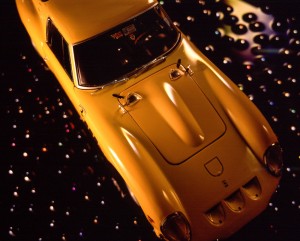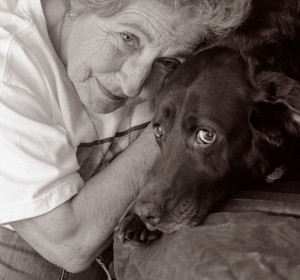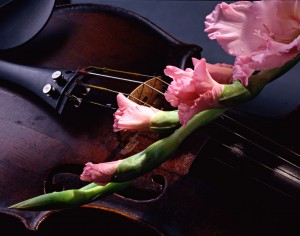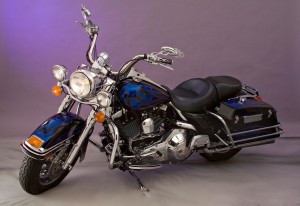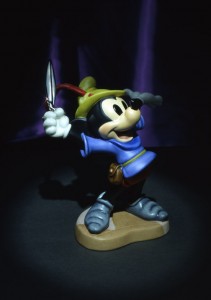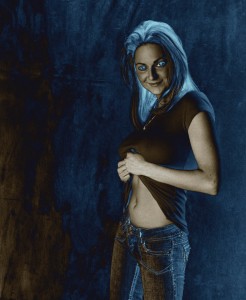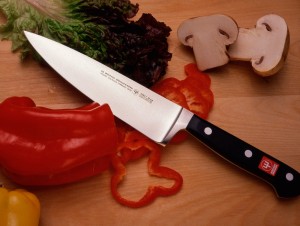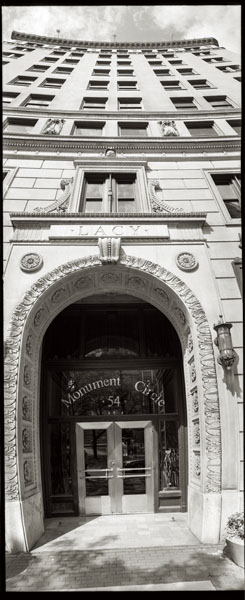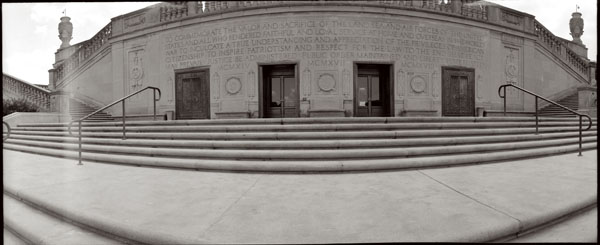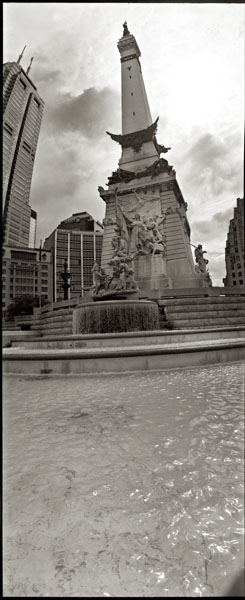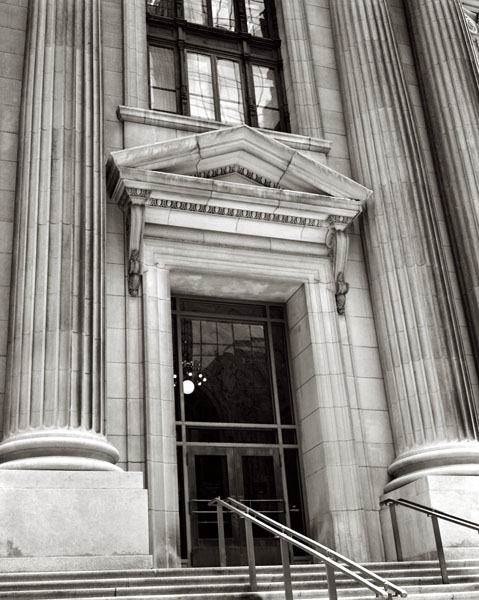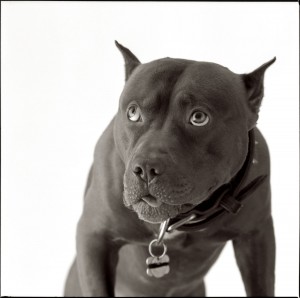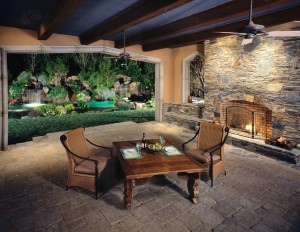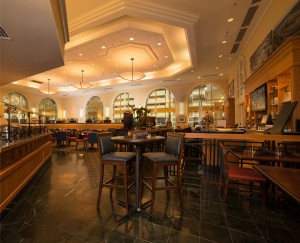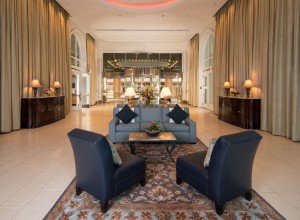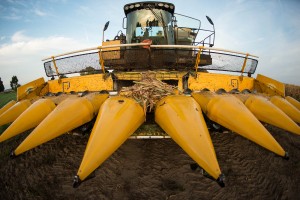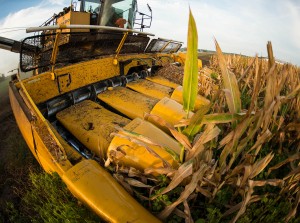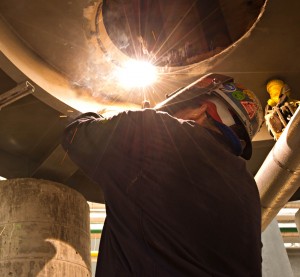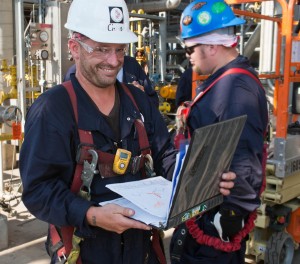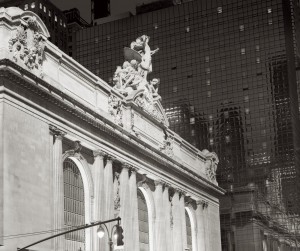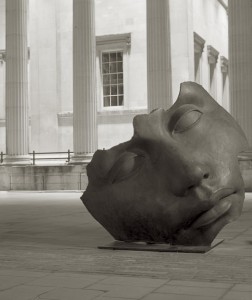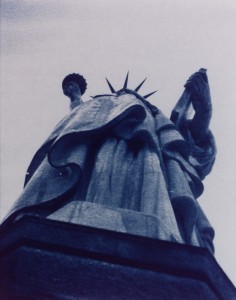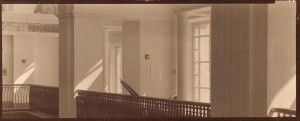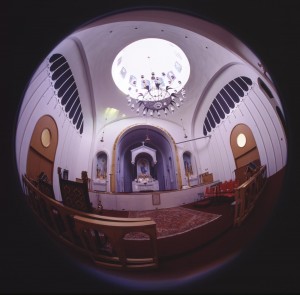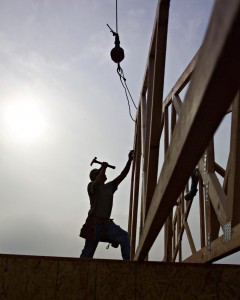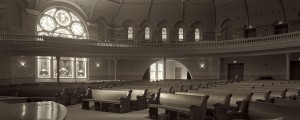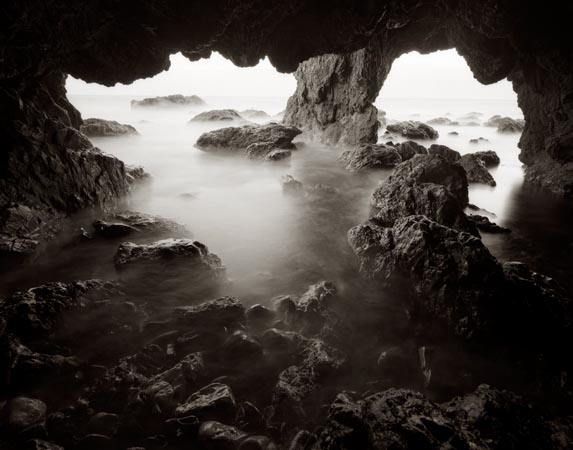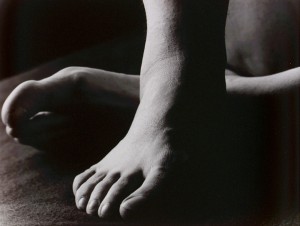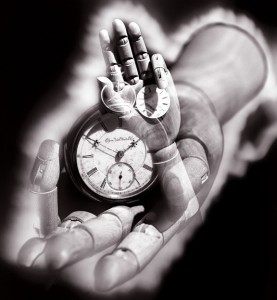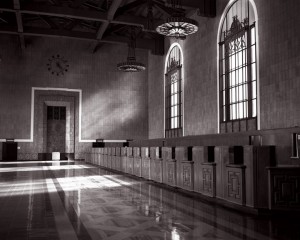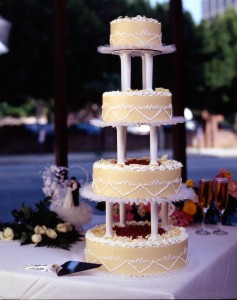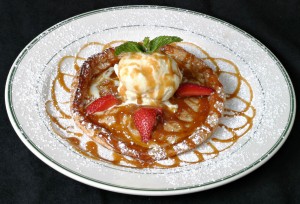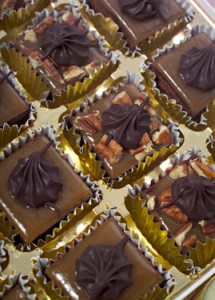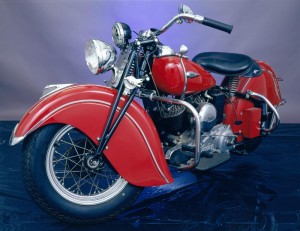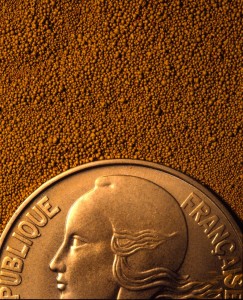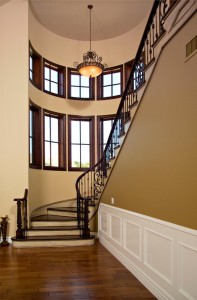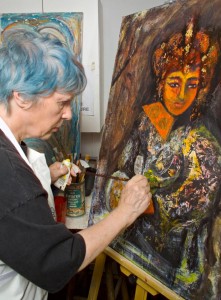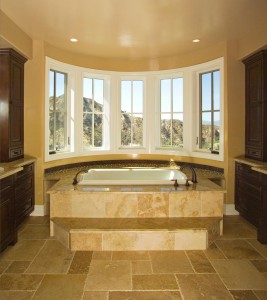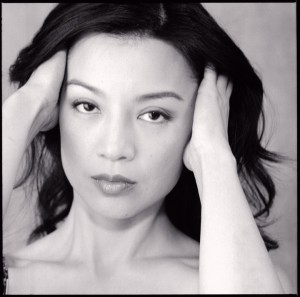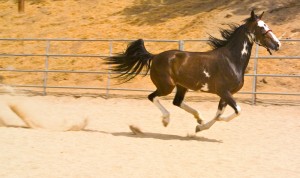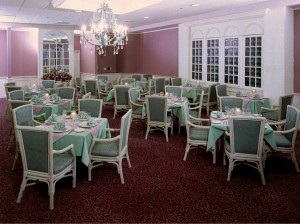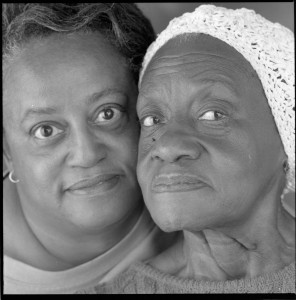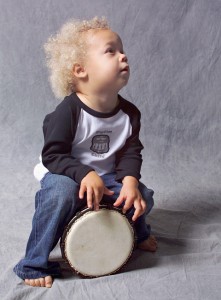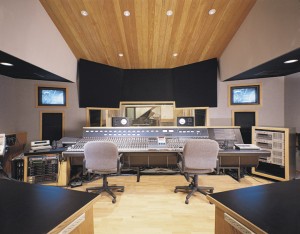My books and my classes give me a reason to keep doing this blog. If you’re in Indiana I hope you’ll consider taking my Portfolio Workshop. You can see a little more information about this workshop if you check out this blog post. Thanks so much for your attention.
I seem to be judging photo contests more often. I would guess this is because I’m getting a more extensive network here in Indiana. Judging is always interesting, and occasionally inspiring. I’m usually asked to make some remarks about judging, as well as talking about the images. What follows are some of the things I think about photo contests.
First judging is capricious. Any individual judge has his/her particular experience as well as taste. So any contest that has multiple judges is likely to have more even standards than a contest judged by one person. I know that some organizations have standards for judging, but I think that the personality of the judge will still affect her/his choices.
Photography is not inherently a competitive endeavor; like ice dancing the results are much more open to interpretation than a 100 meter run. A photograph can be extremely personal and deeply evocative with out being a contest winner. I have images that look good to me, for personal reasons, that I don’t want to share. Photographs are a form of communication. Some photographs are able to communicate with almost anyone, while some images are only for a personal journal.
When I choose to enter a contest there is usually some reward besides winning. For instance the images might be published in a magazine or part of a show. I’ve also entered some contests to get my work in front of a particular judge. Usually I’m looking for an opportunity to promote my images or meet people. In addition I often enter contests that have an entry fee. When there is a fee people only enter their best images. I can understand that people only want the opportunity to share images with friends, but I’m not sure that a contest is the best way to do this. The whole business of winning and losing is not as important as communicating ideas, vision and feelings.
When I’m judging a contest I look at how much the interpretation or manipulation the photographer brought to the image. While there are may fabulous images that are technically just f8 and be there, I enjoy seeing images that the photographer worked for. I always want to see the photographer’s interpretation and expression in an image. Frankly I think it would be interesting to see a competition where everyone worked in the same location and had a choice of when to visit the location. Here’s the thing: many people take pictures, fewer people make pictures. I’ve included a couple of made pictures with this post.
An image for a contest needs to be pretty strong. In most cases a judge won’t have time to become deeply involved with a very subtle image. You need to do a good job presenting your images matting and framing them. If you don’t present your images well it’s unlikely a judge will fully appreciate them. It’s my opinion that a neutral color mat: white gray or black is better for competition because you can’t control what will appear next to your shot. If I’m showing a more graphic image I might use a smaller mat to make the image space larger, but many images need extra space around them to isolate them from the surroundings. If two images are equally good, if such a thing is possible, that the image with better presentation will win. A good image, well presented, may often do better than a better image poorly presented. I usually use black metal frames for my images because are durable and separate my images from the surroundings.
One more thing, and this is a personal opinion. I don’t like canvas mounted photographs. I think that putting a photograph on canvas is a way of making a fake painting. My photographs are supposed to be photographs not paintings. If you would rather have paintings than photographs, or you think that paintings are better than photographs, perhaps you should learn to paint. If your clients will pay more for a photograph mounted on canvas then, by all means get canvas mounted photographs. Having said this, I think gallery wraps, where the image continues around the edges of the canvas frame can look good in some rooms, but I don’t think they are good for a competition. They are too easy to damage and they don’t separate from their surroundings.
If an image is good enough, and sufficiently better than the competition, than it can break any rule and still win. But good enough means pretty damn good. Things like the tonal separation in your print, sharpness and color are critical. It’s possible to have a good image on your computer and get a poor print. Before you enter a print in a competition make sure that print presents your image as well as possible.
If you’re in Indiana you might be interested in my Portfolio Workshop. We discuss many of these issues and others. There’s more information about the workshop at this link. Also I’m putting some of my BetterPhoto lessons on my site. Please check them out at this link. If you’re interested in a One on One Workshop or private consultation please get in touch.


